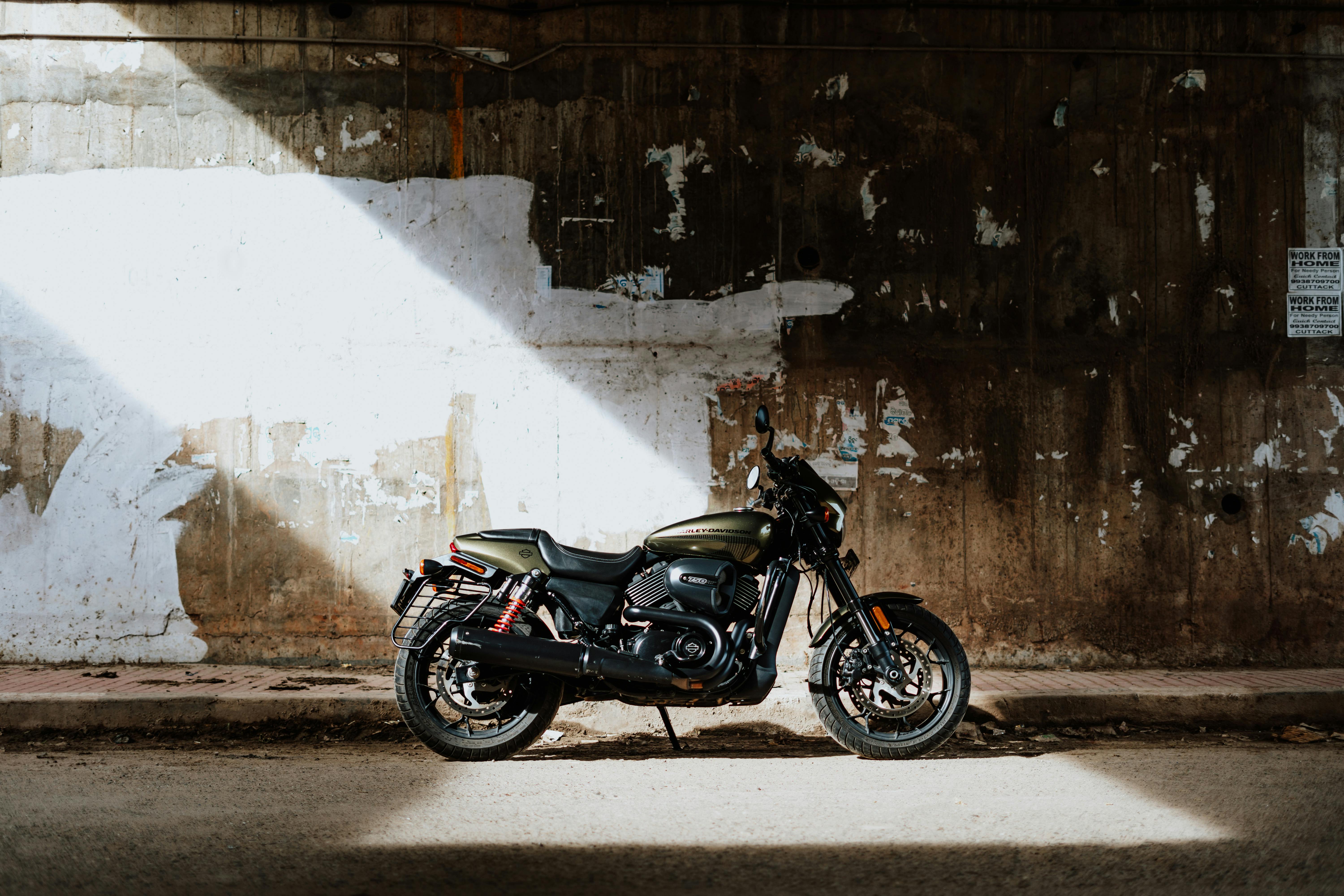Soil removal in a modern washing machine is a combination of chemical and mechanical processes.
1. Chemical action. The detergent or soap solution dissolves and loosens the soil from the fabric.
2. Mechanical action. Folding the clothes and forcing the detergent or soap removes the dirt. The operation of the washing machine is favored by the heat and softness of the water, which increases the chemical action of the detergent or soap used.
Almost all modern automatic washing machines employ one of two types of mechanical action, drum or agitator. The latter is by far the most popular and most widely used. But all automatic washers, regardless of type, model, or brand, have only four basic operating functions: (1) fill, (2) wash, (3) pump, and (4) extract (spin).
The heart of the agitator-type washer is the agitator, which typically consists of blades or blades on a cone that fits over a central axis in the washer tub. As the agitator rotates from side to side, the blades or paddles catch the clothes and move them. This movement also creates currents in the water, which contribute to the cleaning action.
There are almost as many agitator designs as there are washing machines that use agitators. Agitators have paddles or blades of various numbers, designs, and sizes, which are arranged in a vertical or spiral position. Stirrers can be solid or perforated plastic or metal (usually aluminum).
Most agitator-type washers employ a rocking (back and forth) action during the wash cycle. To produce this rocking action, the arm is typically off-center connected to a low-speed sprocket. As this sprocket rotates, it imparts a reciprocating motion to the arm. This movement, in turn, is transmitted to a pinion that drives the agitator.
Other methods of actuating the agitator also exist. For example, some models provide a low speed, off-center, rocking motion to the shaker, while others provide a pulsating up and down motion. While the oscillating action is most commonly used for the wash operation, some machines of this type employ a rotary or rotary motion to rotate the tub or basket for the draw operation. To accomplish this, a clutch action of some kind is used to disengage one set of gears and engage the other. One of these clutches used in washers consists of a pin that is placed in a hole in the drive gear to engage it, or it can be of the friction type, as is often found in automobiles. By the way, agitator-type washers are top-loading, which means that clothes are placed in the washer through a door or lid that opens at the top of the unit.
The front-loading type of automatic washing machine has gained popularity in recent years. The drum mechanism is a perforated cylinder, usually aluminum or porcelain-enameled steel, that holds the clothes; it spins into a larger tub that contains the water. Inside the cylinder are baffles, which are projections designed to carry the clothing along, through, and out of the water, until the position of the clothing causes it to fall back down again, and the process repeats.
The axis of rotation of the wash cylinder is normally parallel to the ground or inclined upwards from the ground at an angle of approximately 30 degrees. Some have a vertical cylinder. Most tumble washers load from the front, but some can be loaded from the top or at an angle. During the wash cycle, the cylinder rotates slowly, tumbling the clothes in the soapy water. During the wet-dry cycle, the cylinder spins rapidly and the centrifugal action helps push water out of the clothes. Low speed for washing and high speed for wet drying are provided by gears in a transmission just like in a car. Similarly, there is a gear shift arrangement and a clutch to engage the gears.
The needs and components of drum and agitator washers are almost the same. For example, both require hot and cold water. This water is fed into washer valves that turn hot and cold water on and off and mix them at the appropriate times. While some washers control the water temperature with a thermostat, most work on a simple on/off principle. When the hot water is turned on and the cold water is turned off, the water in the washer is hot, regardless of what temperature the water heater tank provides. When the cold water is on and whatever temperature the cold water faucet provides. When both hot and cold water are turned on, they mix evenly to provide lukewarm water; with average cold water temperatures out of the tap (around 50F), the mix comes out at about 100F.
All automatic washing machines have an electric motor in addition to a pump. The motor on most models, driving the washer through the wash and rinse cycles, runs in both a clockwise and counterclockwise direction when viewed from the front. top of the machine. It operates counterclockwise during wash cycles and agitate and rinse operation, and clockwise during pump and spin operations. The motor turns the pump and drive pulleys through a belt or motor coupler arrangement. After agitation or rinsing is complete, water is pumped from the washer before the start of the rinse cycle. In this operation the motor is running clockwise as it is in spinning; however, and the override clutch disengages the rotating tube from the transmission so the basket does not rotate. At the end of the pumping period, a solenoid releases the clutch spring and the rotating basket rotates to remove water from the clothes. The pump is usually running continuously. When the agitator is running, power is transferred directly to the transmission from the drive pulley via the transmission drive shaft and clutch spring located inside the transmission case. During the pump and spin periods, clockwise motor rotation releases the clutch.
Solenoids play a very important role in the operation of an automatic washing machine. In addition to operating the clutch and gear shift arrangements, they control the flow of water, the application of detergent, and the like. Of course, the overall control of the automatic washing machine is left to the timer or electronic control. While some of the control is selected by the user, eg wash time and water temperature, most of the automatic action is performed at certain time intervals pre-selected by the timer/control.


